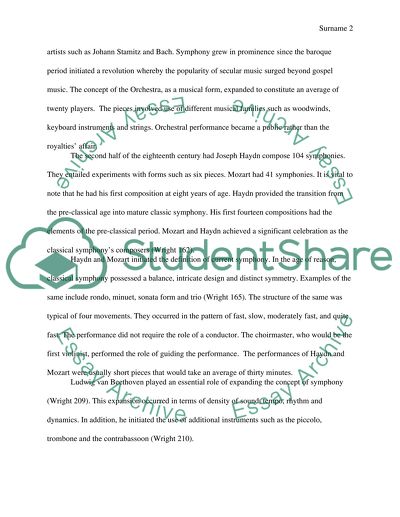Cite this document
(“Tracing the Emergence of the Symphony from Sammartini and Stamitz Essay”, n.d.)
Retrieved from https://studentshare.org/music/1452394-a-lot
Retrieved from https://studentshare.org/music/1452394-a-lot
(Tracing the Emergence of the Symphony from Sammartini and Stamitz Essay)
https://studentshare.org/music/1452394-a-lot.
https://studentshare.org/music/1452394-a-lot.
“Tracing the Emergence of the Symphony from Sammartini and Stamitz Essay”, n.d. https://studentshare.org/music/1452394-a-lot.


